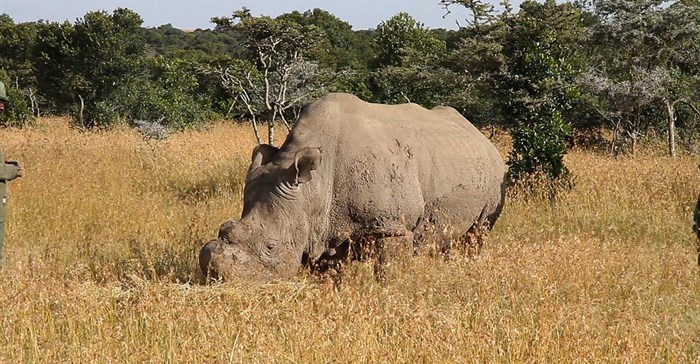
Related
Top stories





HealthcareHIV funding still falls short of targets after pledges: what’s at stake
Melanie Bisnauth 3 hours


In 2014, ShotSpotter began a pilot of its gunshot detection technology in the Intensified Protection Zone of Kruger National Park in South Africa, home to 60% of the last remaining rhinos. Previously, given the vast expanse of the park, most poaching incidents went undetected with carcasses found days or weeks after the fact. However, with the introduction of ShotSpotter Labs to detect, locate and alert park rangers to gunfire incidents in under 60 seconds, there have been multiple poacher apprehensions within the coverage area since its debut.
In addition to significantly expanding coverage area in the park, ShotSpotter Labs plans to integrate with airborne thermal surveillance technologies for rapid deployment to the precise latitudinal and longitudinal coordinates of the gunfire. The combination of gunshot detection and airborne thermal surveillance will allow rangers to track and intercept poachers.
ShotSpotter has had to adapt its sensors and software for use in the sprawling expanse of Kruger National Park with no electricity available to power sensors. These types of system innovations required for anti-poaching are already being applied in other applications such as solar-powered sensors in freeway deployments with limited access to electricity.
"I’ve seen the devastation to the rhino population firsthand in South Africa and it’s meaningful that ShotSpotter can make a difference to help these amazing animals survive for future generations,” said Ralph A. Clark, President and CEO of ShotSpotter. "This kind of engagement is not only the right thing to do, but it’s also an opportunity for us to develop innovative technology that can ultimately be incorporated back into core products across our business."
The expanded coverage of the park has been made possible by generous international donors via the Care For Wild rhino sanctuary, established in 2001 to ensure the survival of rhinos for future generations.